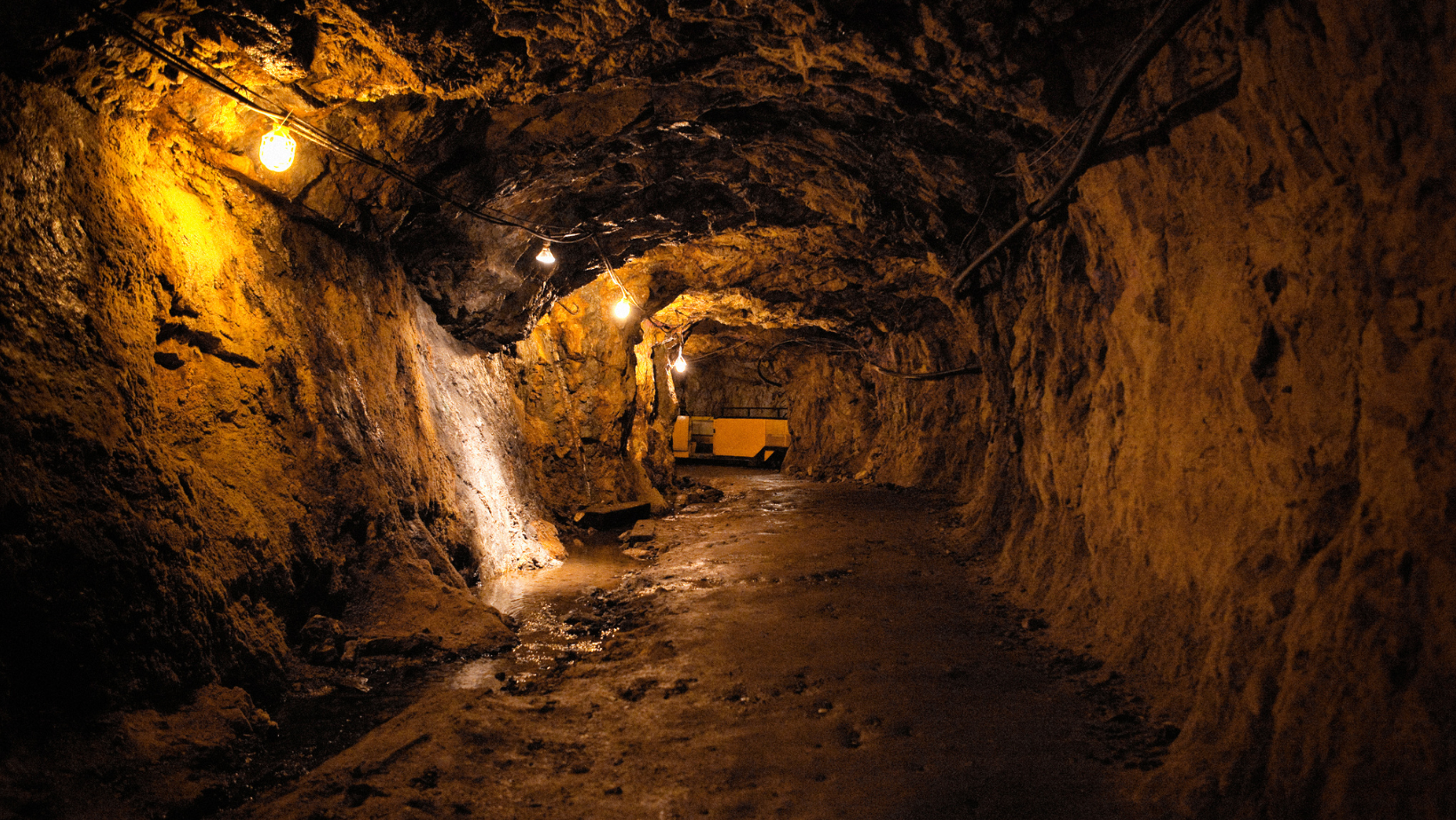Gold, a metal that has captivated humanity for centuries, holds a unique allure with its gleaming beauty and enduring value. The quest for this precious metal has led to the development of sophisticated mining techniques and a complex industry that shapes economies and landscapes alike. Embark on a journey with us as we explore the captivating world of gold mining, delving into the intricate processes, environmental considerations, and far-reaching impacts that define this captivating endeavor.
Gold Mining Process: Unveiling the Path to Golden Treasure
The journey of gold begins with exploration, a meticulous process that employs scientific expertise and advanced technologies to identify potential gold deposits. Geologists meticulously study rock formations, analyzing their mineral composition and structure, seeking telltale signs of gold’s presence. Geophysical surveys employ sophisticated techniques like seismic waves and electromagnetic fields to map subsurface features, further refining exploration efforts.
Once a promising gold deposit is identified, the mining phase begins. The specific methods employed vary depending on the depth and characteristics of the ore body. Surface mining involves excavating ore-bearing rock from open pits, while subsurface mining delves deep underground, utilizing tunnels and shafts to reach the coveted mineral.
How is Gold Extracted: Separating Precious Metal from Impurities
Extracted gold ore rarely exists in its pure form, often intermixed with other minerals and rock. The journey from ore to gold bullion involves a series of processing steps to separate and refine the precious metal. Crushing and grinding reduce the ore to a fine powder, increasing its surface area and facilitating the subsequent extraction process.
Flotation, a key step in gold processing, utilizes the differing chemical properties of minerals to separate gold from impurities. A mixture of ore, water, and chemicals is agitated, causing gold particles to adhere to air bubbles and rise to the surface, while other minerals remain suspended in the water. The concentrated gold foam is then skimmed off, initiating the next stage of refinement.
Impact of Gold Mining on the Environment: Striking a Delicate Balance
Gold mining, like any industrial activity, carries the potential for environmental impacts. Mining activities can disturb land, generate waste, and potentially pollute water sources. Recognizing these concerns, the gold mining industry has adopted stricter environmental standards and practices to minimize its impact on the surrounding ecosystems.
Sustainable gold mining practices include responsible land management, water conservation and treatment, and comprehensive waste disposal strategies. Industry initiatives also promote the use of cleaner technologies and energy sources to reduce the environmental footprint of gold mining.
Navigating the Future of Gold Mining
The story of gold mining is a testament to human ingenuity and the enduring power of this precious metal. As we move forward, the gold mining industry faces the challenge of balancing economic gains with environmental responsibility and social equity. By adopting sustainable practices, embracing innovation, and fostering collaboration, the industry can navigate a golden path towards a future that benefits both humanity and the planet.
Embark on Your Own Journey with The Gold Guys
We are committed to providing you with the highest price for your gold, silver, platinum, and palladium, while also serving our community through generous charitable contributions. Stop in or contact us today for an appraisal!

